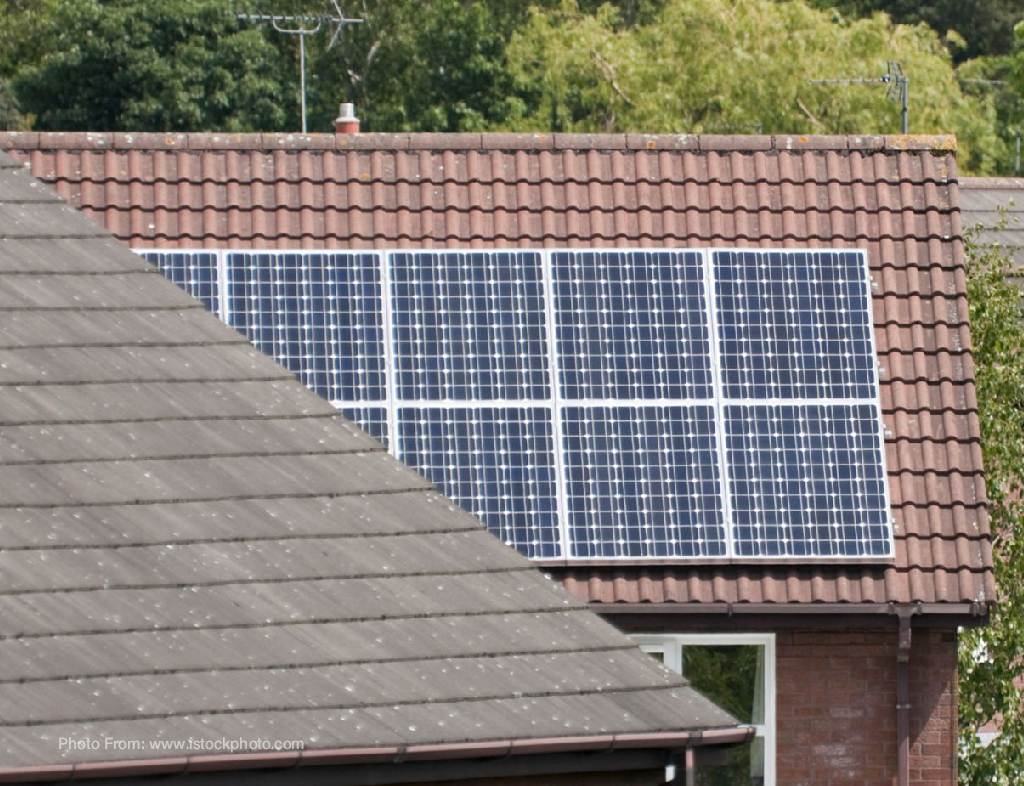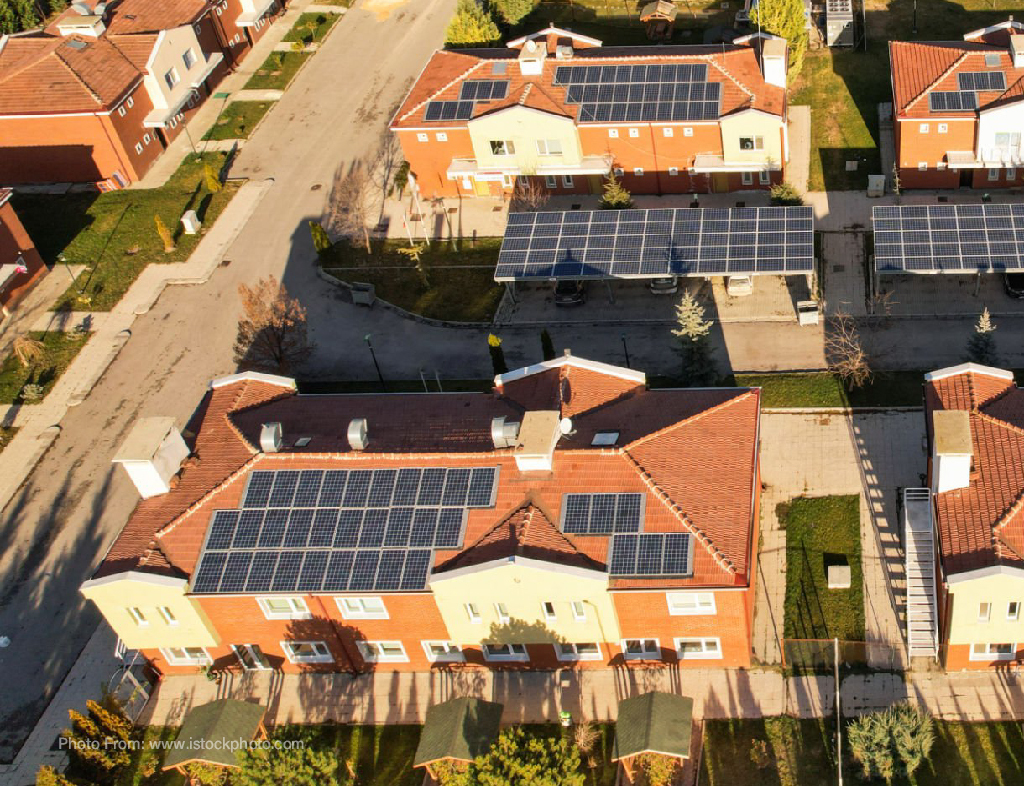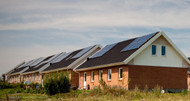OFF-GRID SOLAR FOR COMMUNITY PROJECTS AND SMALL VILLAGES
22nd Oct 2025
When communities or small villages seek energy independence, off-grid solar power often becomes the most practical solution. Unlike individual household systems, community-scale solar projects need to be carefully designed to serve multiple users with reliable and fair access. At the heart of these systems are shared battery banks, which store electricity generated during sunny hours for use at night or on cloudy days. By pooling storage into one central resource instead of each household managing its own small setup, the overall system becomes more efficient, durable, and easier to maintain. Shared battery banks also reduce costs per household since larger storage solutions generally deliver better performance for the investment.

Microgrid planning is another essential step. A microgrid allows solar panels, batteries, and inverters to work together in a coordinated network that can distribute power across an entire community. Good planning ensures that electricity is allocated based on need, prioritizing critical services like lighting, refrigeration for food and medicine, or water pumping. A well-designed microgrid also considers seasonal changes in solar production, daily usage patterns, and future expansion needs. The success of such projects often depends on designing a system that balances immediate energy demands with long-term growth, making it flexible enough to support new homes, schools, or businesses as they emerge.
Financing remains one of the biggest hurdles for community solar projects, but cost-sharing models provide a clear path forward. Rather than expecting each household to fund their own solar array and storage, communities can pool resources and divide expenses fairly. Some models spread costs evenly across all users, while others adjust contributions based on consumption levels or income. In certain cases, cooperative ownership structures make sense, where members pay into a shared fund and collectively own the system. This not only lowers the financial burden for individuals but also creates a stronger sense of collective responsibility for maintenance and proper use of the system. Transparent agreements and regular community meetings are often key to keeping these models fair and sustainable.
In practice, these types of systems are already finding a place in rural and remote areas around the world. Villages without access to national grids can run community centers, schools, or small businesses on shared solar power. Farmers can power irrigation pumps, while clinics keep vaccines refrigerated and lights running after sunset. Remote fishing communities can store their catch overnight with solar-powered freezers, and schools can run evening study sessions with reliable lighting. These examples illustrate how solar microgrids with shared storage and cost-sharing models are more than just a source of electricity—they serve as foundations for social and economic growth.

Off-grid solar for communities is about more than technology. It is about cooperation, planning, and shared investment in a future where reliable electricity is accessible to everyone. By combining shared battery banks, thoughtful microgrid design, and fair financing models, villages and small communities can unlock the benefits of clean, dependable energy, paving the way for better education, healthcare, and economic opportunity.
